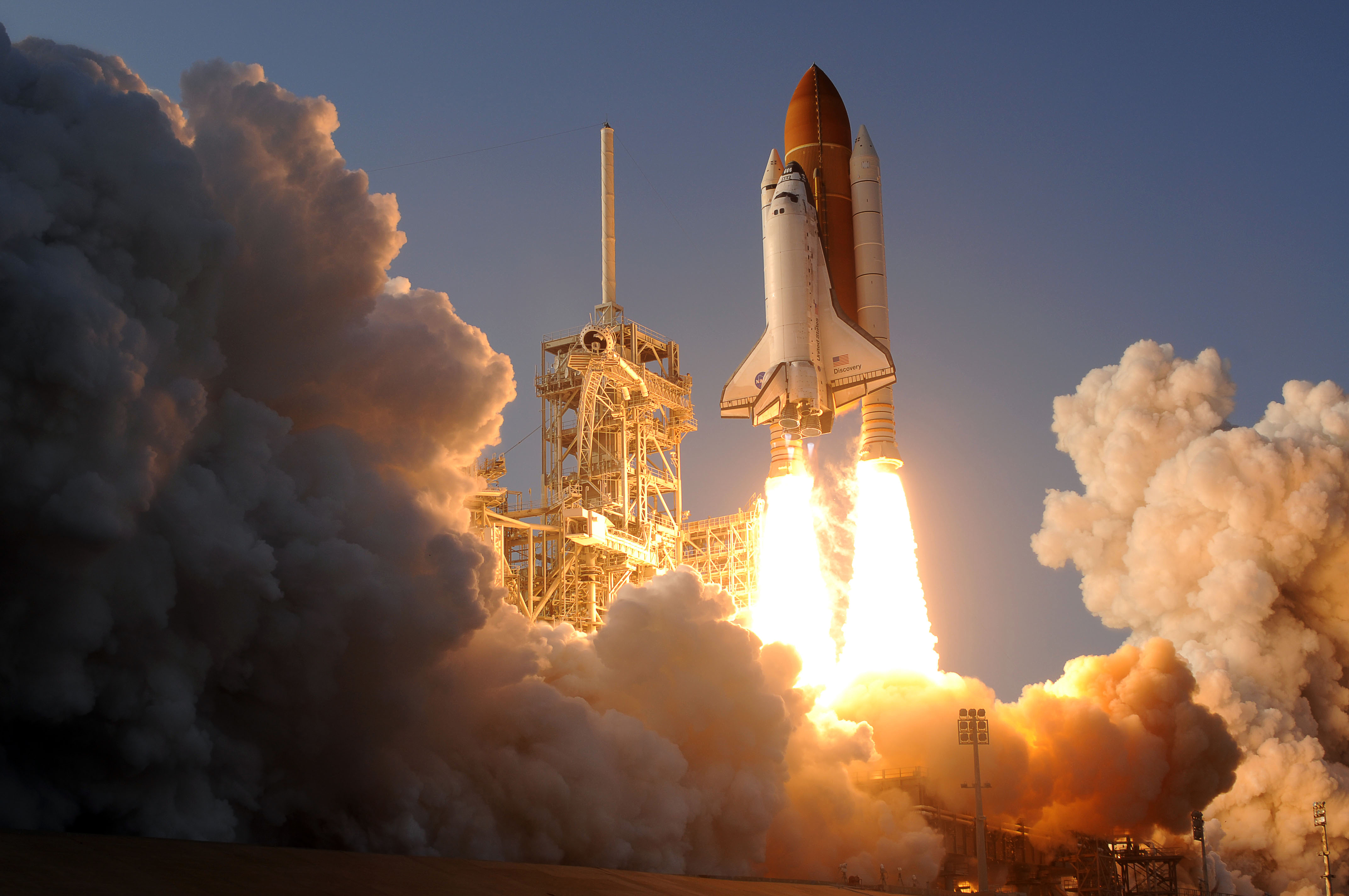
The subsidized, politicized government players in the space race are still in the game. A few articles of interest: the directly subsidized ULA approach, the hidden subsidies in the European approach, NASA’s rolling forward the cutting edge Saturn V technology, and China expanding GPS coverage from their country to worldwide.
1/28 – Behind the Black – McCain and Air Force question ULA military arrangement – ULA receives a payment even if there aren’t any launches in a year. This is to give ULA sufficient funds to keep a critical national defense resource open.
I vaguely remember reading that during the Cold War, big defense contracts would be given to one of the major contractors merely because they didn’t have enough work to keep all their production lines open.
While those approaches made sense 10 or 30 years ago, the concept doesn’t work quite so well when there are multiple private companies developing their own launch vehicles and manned capsules.
Author thinks this program may come to an end in the next few years, with a similar payment stream to NASA for Orion/SLS ending a few years after.
One commenter says ULA is still in a different category because there is no one who could carry their heavy launch load. The comment points out, correctly I think, that ULA is still an irreplacable critical national defense resource.
My uneducated, vaguely formed hope is there will soon be multiple players who can compete for all the launch work and that all of them survive & thrive.
1/28 – Behind the Black – Europe settles on Ariane 6 design – The next generation Ariane 6 will not be reusable but will be about half the cost for production of the current Ariane 5.
Post explains that the source article drops a hint that a nonreusable (and therefore relatively expensive) lift vehicle will still be competitive. This is because of national requirements around Europe that government-owned satellites have to be launched on rockets produced on the continent. Foreign rockets, i.e. from private companies in the US (can you say SpaceX?), may not be used to launch government satellites.
On updating the 50-year-old approach….
2/5 – Space.com – Saturn V vs. SLS – Both Old Tech – The SLS launch vehicle being developed by NASA was ordered by Congress. Video demonstrates that SLS is a mashup of Saturn V that went to the moon and Space Shuttle which only made it to low earth orbit.
SLS 1 will get to the moon and weigh 1M pounds less that a Saturn V. SLS 2 will get to Mars with weight equal to Saturn V.
For the video: http://www.space.com/31843-saturn-v-vs-sls-both-old-tech-video.html
You can tell I am not overly impressed.
2/5 – GPS Daily – China to launch nearly 40 Beidou navigation satellites in five years – China currently has 16 GPS satellites that provide navigational coverage to area within China. They launched #21 which is on the way to getting them regional coverage by 2018. By 2020 they intend to have 35 satellites providing coverage around the world.
Accuracy is reportedly at 5 meters inside China with a goal of 10 meters for worldwide coverage.